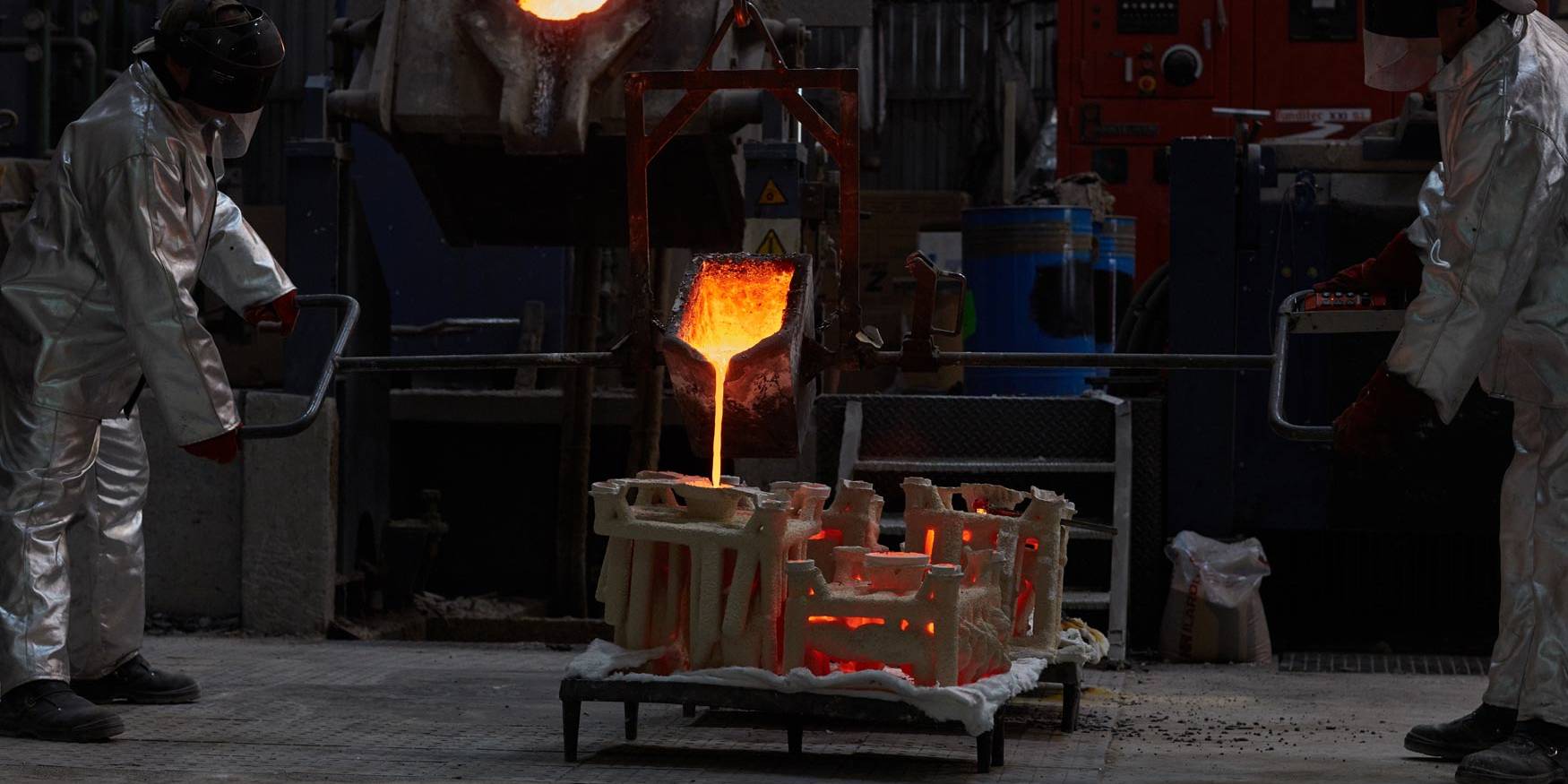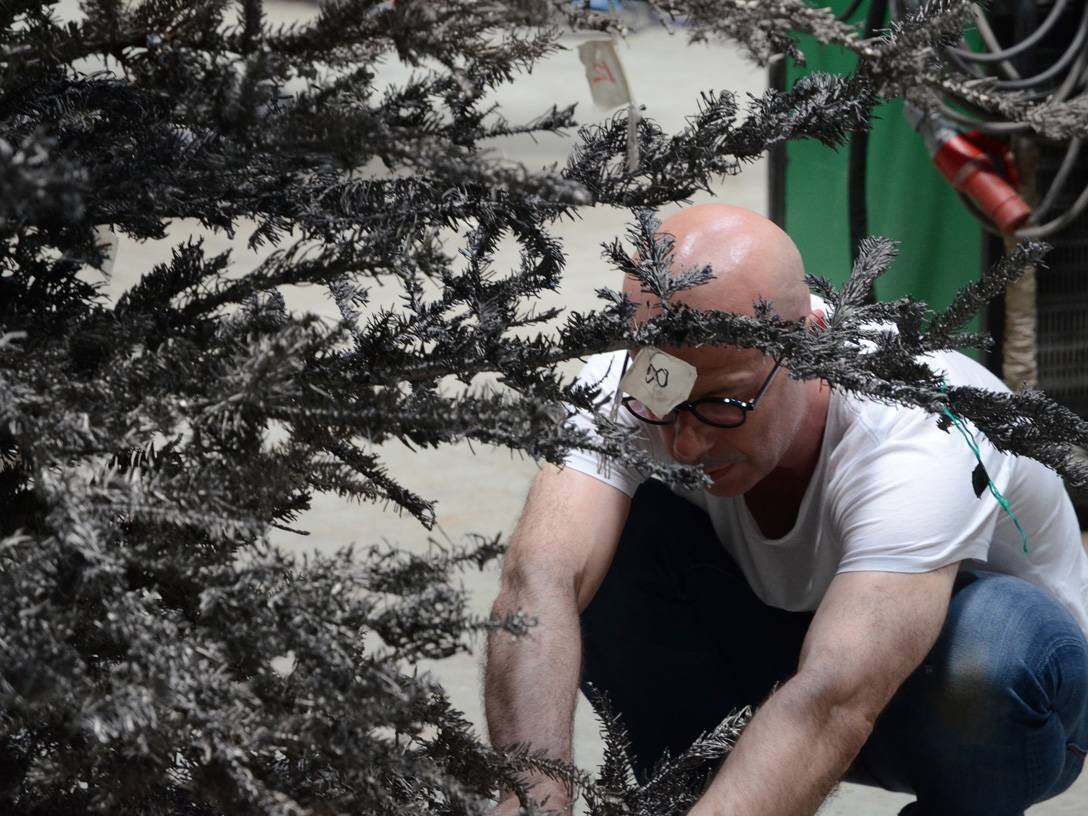
Metal Casting: Exploring the Foundry Process
Metal casting is an ancient art form that has been practiced for centuries. It involves pouring molten metal into a mould to create intricate and durable sculptures, decorative pieces, and functional objects. The process of metal casting, also known as foundry casting, requires skill, precision, and a deep understanding of metallurgy. In this article, we will delve into the fascinating world of metal casting and explore the intricate foundry process.
The Process of Foundry Metal Casting: Foundry metal casting involves several key steps, each playing a crucial role in the creation of a cast metal object. Let’s take a closer look at the typical process:
- Pattern Creation: The process begins with the creation of a pattern, which serves as a replica of the desired final product. The pattern can be made from various materials such as wood, metal, or plastic. It captures the intricate details and dimensions of the object to be cast.
- Mould Making: A mould is created by placing the pattern into a container and surrounding it with a moulding material such as sand, plaster, or ceramic. The mould is designed to withstand the heat and pressure of the molten metal during casting.
- Melting and Pouring: The next step involves melting the chosen metal in a furnace at temperatures high enough to transform it into a liquid state. Once the metal is molten, it is carefully poured into the mould through a gating system, allowing it to fill the cavity and take the shape of the pattern.
- Solidification and Cooling: After pouring, the molten metal begins to solidify within the mould. The cooling process can take varying amounts of time, depending on the size and complexity of the object being cast. It is essential to control the cooling rate to avoid defects and ensure a quality casting.
- Mould Removal and Finishing: Once the metal has completely solidified and cooled, the mould is broken or opened to reveal the newly formed metal object. The casting is then cleaned, removing any excess material or imperfections. Further finishing techniques such as polishing, grinding, or patination may be employed to enhance the final appearance.
The Five Metal Casting Processes: Metal casting can be achieved through various techniques, each suited for specific applications and materials. Here are five common metal casting processes:
- Sand Casting: Sand casting is one of the oldest and most versatile casting methods. It involves creating a mould using a mixture of sand and a binding agent. Sand casting is ideal for producing large, complex, and one-of-a-kind metal objects.
- Investment Casting: Also known as lost-wax casting, investment casting is a precision casting method. It involves creating a wax pattern, coating it with a ceramic shell, and then melting the wax to leave behind a cavity. Molten metal is poured into the cavity to create the final cast.
- Die Casting: Die casting is a highly efficient process that uses a reusable mould, called a die, to produce identical metal parts in large quantities. Molten metal is forced into the die under high pressure, resulting in precise and detailed casts.
- Centrifugal Casting: Centrifugal casting utilizes centrifugal force to distribute molten metal within a spinning mould. This process is particularly suitable for cylindrical objects such as pipes, tubes, and rings, as it creates uniform and dense castings.
- Continuous Casting: Continuous casting is primarily used for producing long, uniform metal shapes such as bars, rods, or strips. It involves continuously pouring molten metal into a cooled mould, which allows for a continuous solidification process.
Metal casting is a captivating process that combines craftsmanship, science, and artistic expression. It allows artists and artisans to bring their creative visions to life in durable and visually stunning forms. Whether it’s the traditional sand casting or the precise investment casting, each method has its unique characteristics and advantages. By understanding the intricacies of the foundry process, we can appreciate the skill and expertise required to transform molten metal into beautiful works of art.
To learn more about metal casting and explore a renowned artistic foundry, you can visit Alfa Arte. They offer a wide range of metal casting services and have a rich history of producing exceptional cast metal artworks.



